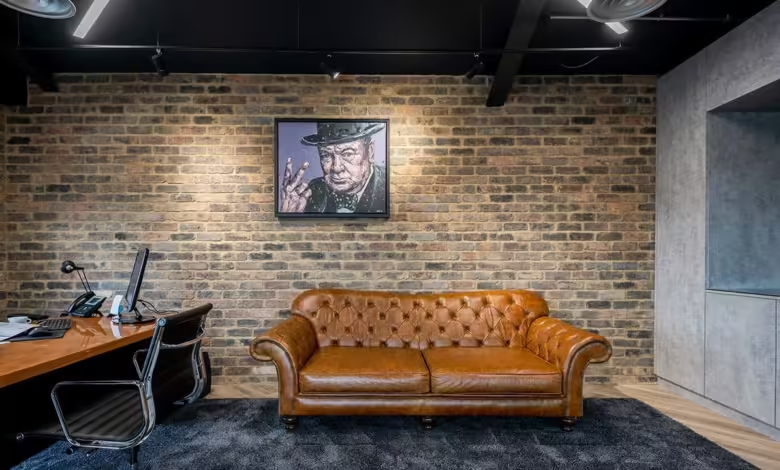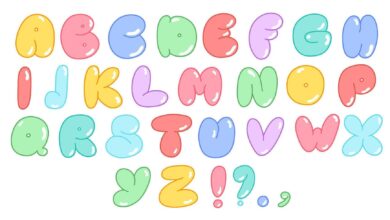8 Game-Changing Strategies to Balance Casual and Professional Elements in Your Office Design

Do you own a business and need to encourage creativity while keeping your business setting formal?
The line between casual and professional office design is slowly fading as we adapt contemporary organisational methods. If you successfully strike the right balance in the office design, you can create an environment encouraging cooperation. It will also ensure comfort and productivity while maintaining the required professionalism for your company.
But how do you attain that association of relaxing and professional aesthetic?
A strategic office interior designer has the solutions for it. Here are the eight strategies to find the perfect balance between work and play in your workplace.
1. Align Office Design with Company Culture to Mirror Your Expectations
Perhaps the most vital process is the quest to ensure the office embodies your organisation’s philosophies.
Ask yourself: What does your corporation believe in?
If you are a creative firm or you get involved with lots of outside contacts, then having an open and relaxed look at your offices would be logical. However, for some old-school occupations such as law or finance, having a relaxed working setting could be problematic.
Tip: Remember the type of business you are involving yourself in and then plan for it. A marketing agency may prefer more relaxed furniture and intense colours while a law firm may prefer formal and ergonomic spaces.
FOR INFORMATIVE CONTENT VISIT.. : Christmas gifts
2. Consider Functionality Before Form to Enhance Productivity
The employees require effective work and the layout of the office should promote productivity. Informal meeting areas such as lounges or free seating areas help in creating collaboration. However, they need to be strategically placed to avoid hindering work.
Tip: It is advisable to create designated casual zones for brainstorming or specific tasks that need a lot of focus.
3. Mix and Match Casual and Formal Furniture to Include the best of Both Elements
When it comes to the furniture that you select for the office, nothing could be more crucial than this aspect. Do not have too many bean bags and couches as they appear too laid back, while rows of formal desks give out a corporate vibe. To blend casual and formal furniture, go for ergonomic chairs and modern desk tables that can provide comfort and a formal look at the same time.
Tip: Provide multiple configurations of chairs, like modular systems, to allow employees the flexibility they need without compromising the appearance of the office.
4. Ensure Balance with Colors and Textures to Have a Cosy Yet Productive Environment
Bolder colours are apparent in these casual environments to invigorate employees. If they are overdone, the office environment looks too playful. However, if the tones selected are only neutral, then the end result is dull and uninspiring.
Introducing the dominant colour range yet with some mixed shades of colourful energy makes the atmosphere professional and friendly.
Tip: Choose bright and lively shades for public areas and pale colours for the zones where people must concentrate.
5. Incorporate Technology Thoughtfully for Amplified Collaboration
Technology should add itself to the design framework comfortably in a casual office. While using the charging stations, smartboards and collaborative tools are important, they should be incorporated in a manner that they do not congest the surroundings.
Tip: To make sure that technology does not become imposing on space and instead becomes a productivity booster. Aesthetic and easily blendable solutions that are wireless can instantly make the vibe both tech-savvy and professional when installed in the offices.
6. Design for Flexibility Between Causal and Formal Outlook
The use of flexible organisational structures in casual working environments encourages collaboration. But there, again, is the problem of lack of privacy in a lot of open space. Traditional office designs would not allow an employee to work comfortably because the spaces available are rigid and cannot be changed flexibly unlike a multi-use meeting room or a break area.
Tip: Consider using movable partitions or furniture that may be shifted around in the course of the day for better use of spaces. Through this, you can make sure that there’s always a certain flexibility with the layout of the place required without compromising the overall aesthetics of the business or office in question.
7. Avoid Overly-themed Designs That Add Zero Value to the Design
Themes can really turn an office too laid back without a professional vibe. It is possible to overdo eccentricity and sometimes detract from the work atmosphere. It is, however, acceptable to have a few aesthetics but avoid going overboard with decor that can make the space feel like a lounge.
Tip: When choosing light fixtures or other decorative accents that may be cute, fun, or humorous, keep them toned down. One or two bright-coloured walls, provoking paintings, or nontraditional chairs can be cool without disturbing the overall formal appearance of an office.
8. Maintain Professional Touchpoints for Clients for Making a Positive Impression
When the working environment contains elements that entertain clients, there must be a compromise between relaxed informality and business formality. Maintain unique spaces that are distinctly client-facing. It shows that your setup offers competence and professionalism. Even in a casual environment, you can set up meetings and reception areas that project a polished image.
Tip: Section off greeting areas, conference rooms, and managerial offices that are chiefly professional, and leave more relaxed open areas for employees to enjoy.
The Best Balance Between Comfort and Professionalism
Introducing elements of business casual into a workplace requires careful planning. However, it is far from impossible to design an office that is comfortable for workers and fitting for business at the same time.
The aim is to support creativity and reflect your company’s culture alongside promoting productivity. The amount of space, furnishing, colours and technology used in the office will help you achieve the correct blend of comfort with professionalism.





